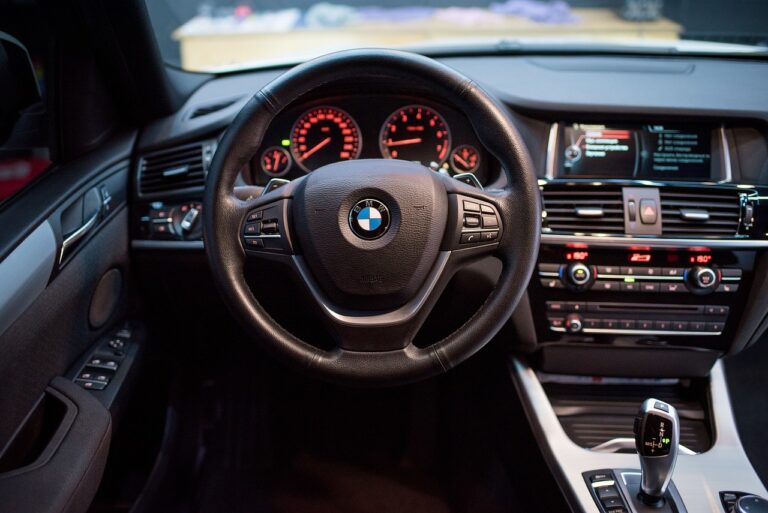The Evolution of Car Subscription Services: From Access to Ownership
Car subscriptions have revolutionized the way people access vehicles in recent years. This newer model offers flexibility and convenience to consumers who want to enjoy the benefits of driving without the long-term commitment of car ownership. Instead of purchasing a car outright, individuals can now opt for a subscription service that allows them to access a range of vehicles for a set monthly fee.
With the rise of car subscriptions, traditional car ownership is being challenged as people seek more cost-effective and hassle-free options for transportation. Companies offering subscription services have streamlined the process of obtaining a car, making it easier for consumers to switch between different vehicles based on their needs and preferences. This shift in the automotive industry reflects a broader trend towards a more sharing economy, where access to goods and services is prioritized over ownership.
Early Models of Car Sharing
Car sharing dates back to the 1940s when communities in Europe and the United States initiated carpooling programs to save fuel during World War II. However, it wasn’t until the 1960s that car sharing in its modern sense began to gain traction. The first formal car-sharing program, known as “Witkar,” was established in Amsterdam in 1968, allowing residents to rent electric cars for short periods.
The idea of car sharing continued to evolve in the 1980s with the formation of organizations like Mobility CarSharing in Switzerland and CarShare in Canada. These early models focused on urban environments, providing members with access to a shared pool of vehicles for hourly or daily use. As concerns about sustainability and urban congestion grew, car sharing became a viable alternative to traditional car ownership, offering flexibility and cost savings to urban dwellers.
• Car sharing dates back to the 1940s during World War II
• The first formal car-sharing program, “Witkar,” was established in Amsterdam in 1968
• Organizations like Mobility CarSharing in Switzerland and CarShare in Canada formed in the 1980s
• Early models of car sharing focused on urban environments
• Car sharing became a viable alternative to traditional car ownership for urban dwellers
Transition to Subscription Models
The automotive industry has witnessed a significant shift in recent years towards subscription-based models for acquiring vehicles. This evolution has transformed the way people approach car ownership, offering greater flexibility and convenience compared to traditional methods. With subscription services, customers can access a fleet of vehicles without the burden of owning, maintaining, or insuring them individually.
Car manufacturers and startups are adapting to this changing landscape by introducing subscription platforms that cater to diverse consumer needs. These models typically offer various tiers or packages, allowing customers to choose the one that best fits their lifestyle and budget. By streamlining the process of acquiring a vehicle and providing additional services such as maintenance and insurance, subscription models are redefining the concept of car ownership in the modern age.
What is the main difference between car subscriptions and traditional car ownership?
Car subscriptions allow customers to pay a monthly fee for access to a vehicle without the long-term commitment of buying or leasing a car.
How do car subscriptions typically work?
Customers pay a monthly fee that covers the cost of the vehicle, maintenance, insurance, and roadside assistance. They can often switch between different vehicles or pause their subscription as needed.
What are some benefits of transitioning to subscription models for car ownership?
Some benefits include lower upfront costs, flexibility to switch vehicles, and the convenience of having all expenses bundled into one monthly payment.
Are car subscriptions available for all types of vehicles?
Car subscriptions are typically available for new or certified pre-owned vehicles, and the selection may vary depending on the provider.
How does car sharing differ from car subscriptions?
Car sharing typically involves short-term rentals by the hour or day, while car subscriptions offer long-term access to a vehicle with a monthly fee.







